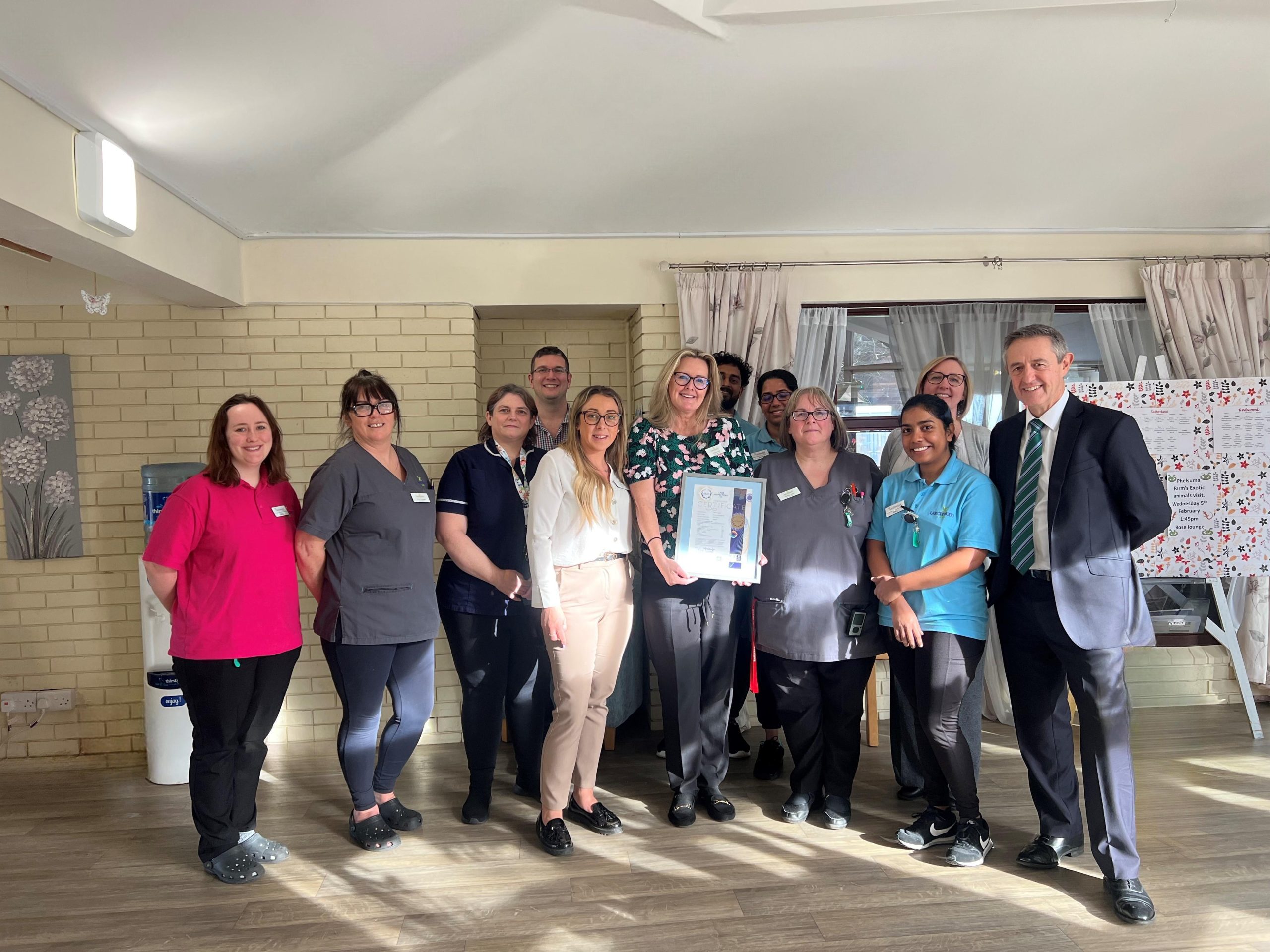[av_image src=’http://176.32.230.21/hcsolutions.co.uk/wordpress/wp-content/uploads/2015/11/HCBLogo11-1024×366-300×107.png’ attachment=’1543′ attachment_size=’medium’ align=’center’ animation=’no-animation’ styling=” hover=” link=” target=” caption=” font_size=” appearance=” overlay_opacity=’0.4′ overlay_color=’#000000′ overlay_text_color=’#ffffff’][/av_image]
[av_heading tag=’h3′ padding=’10’ heading=’Star ratings – a solution yes, but to what problems?’ color=” style=’blockquote modern-quote’ custom_font=” size=’25’ subheading_active=” subheading_size=’15’ custom_class=”][/av_heading]
[av_textblock size=” font_color=” color=”]
The recently announced news of the CQC’s return to a star rating system has had the wires buzzing for some time now and it has been the cause of much hot debate.

It’s one of those topics that everyone seems to have a view on. The most interesting point for me is that even those sharing the same perspective can differ in their view. Operators, service users, lenders, landlords, commissioners and regulators seem to be polarised both ways. Some operators like the idea, others hate it. Some lenders think it will prove helpful, others think it could be very misleading.
I’ve tried to be as open minded as I can on the issue but, as an operator, an auditor and as an agent acting for lenders and investors, I can see many arguments against, but only one for, moving to a star rating system.
Starting with the argument for a star rating system well, there seems to be but one – it’ll be easy for people to understand. I can’t argue with that. This system is used in many industries where value judgements on products and services are on offer to the public. From hair products to hotels and from Amazon to eBay you’ll discover star ratings to guide your decision making. In the helter skelter world in which we live, many of us have little time for detailed research and to glance at a row of stars is about as much as we want to do.
In the world of care home selection, people need information to help them make an informed choice and the simpler the mechanism the more likely it is that it will be used and understood.
The arguments against however soon begin to stack up.
What is behind the rating? If the CQC is going to generate this rating, is it going to be on the back of the current number and depth of CQC inspections? We’ve already heard that, in the case of hospitals, good hospitals will only be visited once every two years or so. Only poorer hospitals will be subjected to the intensive ‘deep dives’ whilst better performers will get a ‘lighter’ touch. Isn’t there a risk therefore that the Regulator is going to set the accepted standard by which the public and other stakeholders judge quality, based upon visits perhaps 18 to 24 months apart, that look at only a limited number of areas of performance? How meaningful would this be? From my extensive experience of care home management I know just how quickly quality can deteriorate in a care home service. I certainly would want something a bit more comprehensive and current if I was looking to determine the quality of a service today.
We all acknowledge that care homes are complex businesses. The services that they offer cover an incredibly wide range of disciplines. Thinking about just a few of these, how much control does the service have over the recruitment of staff, their training, their supervision and management? How many staff of what skill level are on shift at any time, what’s the food like at the home, how clean is the kitchen and how much say does the client have in menus and when they eat? How well does the home control nutrition, hydration, and medicines? Is the home compliant in fire safety, does it have its lifts serviced regularly, is it financially sound and are they paying their bills on time? Has the home had issues with Adult Safeguarding, bed-rail management or pressure ulcers? Has there been a turnover of staff or, more importantly, managers? What activities are available to clients? I could go on…..
Declaring a service as say, a 3 star home simply glosses over the huge complexity of the operation. Some people will care more about menu choices and being able to decide when they get up or go to bed than they will about activities. Others will want to know that the home manages medicines, pressure care and continence but will be less bothered about whether the lift is routinely serviced.
What does a 3 star rating actually mean? What makes a service a 3 star and not a 2 or a 5 star service? Doesn’t this ‘mashing up’ of factors that make up the rating involve an enormous amount of subjectivity about what is important and what is less so?
The very simplicity of a star rating system is likely to mean that it is misused and misunderstood. I have seen this before with the old star rating system. Lenders have proudly declared to me that their borrowers were rated 4 stars or above in all of their homes. (Occasionally this has immediately preceded the borrowers going bust!). I also needn’t remind readers that certain high profile homes that have spectacularly failed in recent years had, until only weeks before closure, been judged to be OK by Regulators and Commissioners alike.
So what’s the answer? I’ll go back to the initial point that depends upon the question…..
If you’re a son or daughter looking for a home for mum or dad you’re going to want to know if the home offers good care. You’re going to want to know that your parent is going to be safe and looked after in a caring and dignified way in clean and comfortable surroundings. I’ll put a pound to a penny on the fact that the last thing on your mind is going to be does the home make a profit, is it full and marketed well. In this case, surely part of your decision has to be based upon the experiences of other service users. I’d suggest an independent survey of clients, relatives and even staff to ask “Would you recommend this service to friends and family?” would give you extraordinary confidence about your decision.
If you’re a union you’re going to want to know about pay and conditions for the staff, job security and training and support.
If you’re an investor or lender you’re probably going to be very interested in whether the service is being managed in such a way that Registration is not at risk and, well enough for the borrower to be able to service its debt/rent. As part of this you will surely care if the home takes marketing seriously and maintains a good level of occupancy.
I don’t believe that you’ll get any of this from a star rating and I’m not certain that the CQC should risk being seen to be able to answer all of these questions. The Regulator’s job, purely and simply, is to ensure that the service is compliant with Regulations and the Essential Standards.
Do I have a solution? For relatives, service users and other stakeholders possibly, but as with anything worth doing, it’s not easy. A properly managed and independent survey of stakeholders would be invaluable in all services. More regular and comprehensive audits of all aspects of a service than can be achieved by the CQC with its current budgets, definitely.
Perhaps the proposed star ratings system needs a bit more work yet before all Stakeholders can rely on it as their main indicator of the health of the care home on which they, in different ways, depend.
Tony Stein – chief executive – Healthcare Management Solutions
www.hcms.co.uk
Healthcare Business June 2013
[/av_textblock]



